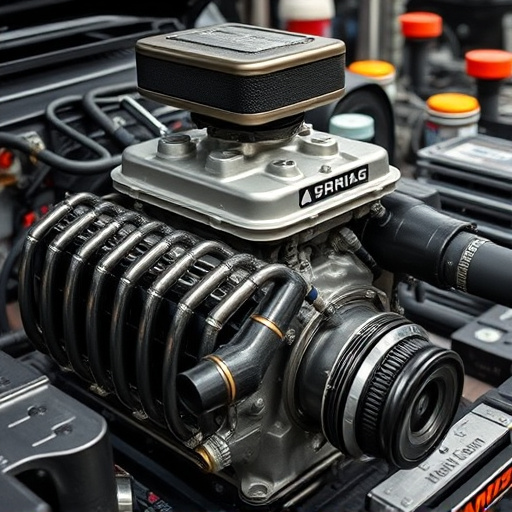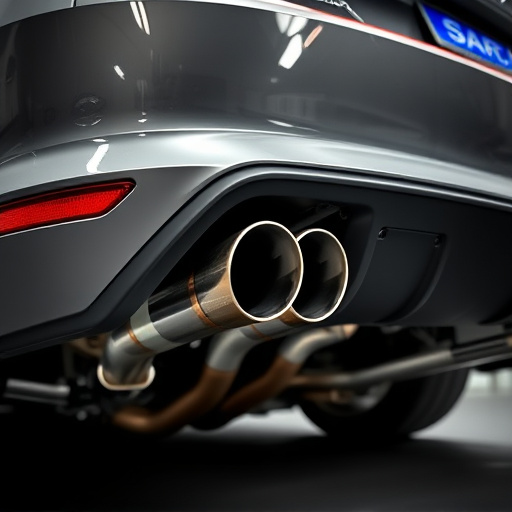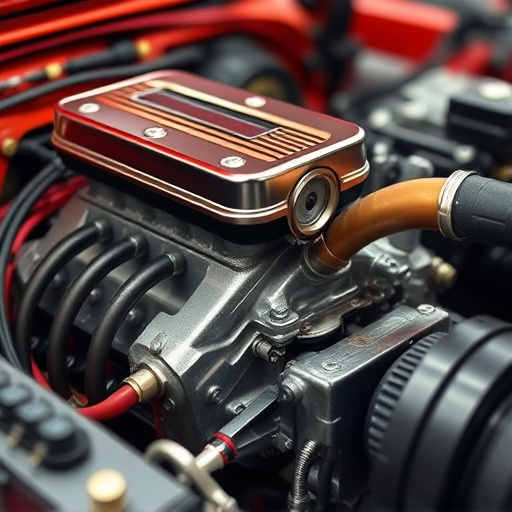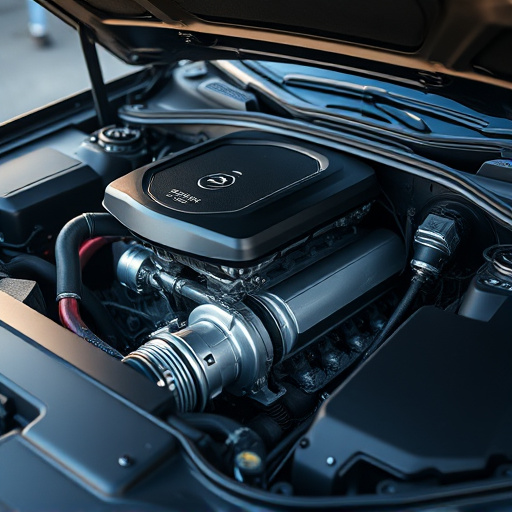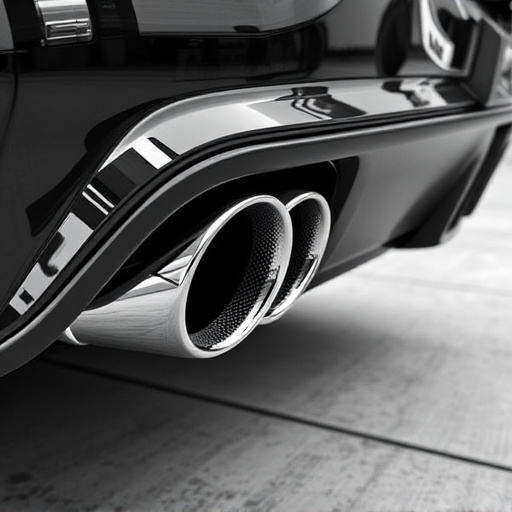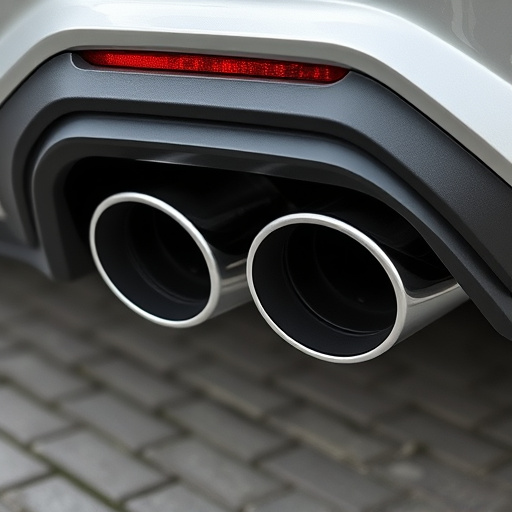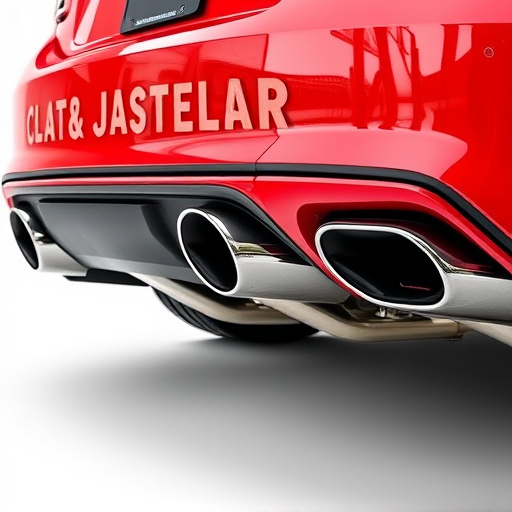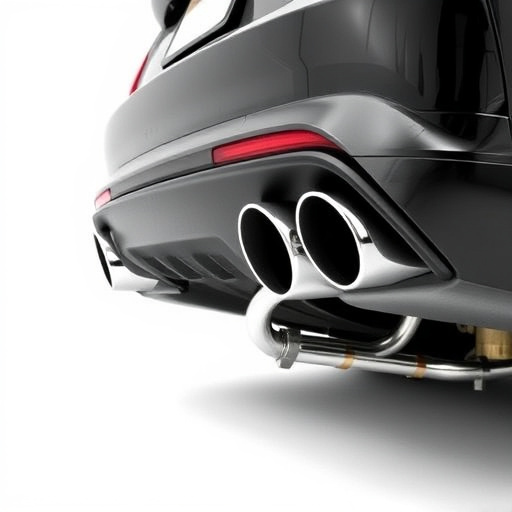The washable air filter technology offers a sustainable and cost-effective solution for improved indoor air quality. Its reusable design extends lifespan, reduces waste, and lowers costs compared to traditional filters. Integrating seamlessly into existing systems, it maintains peak performance with minimal setup. Ideal for allergen control, it enhances air quality in homes and vehicles equipped with cat back exhaust systems, making it a versatile game-changer.
Unveil the revolutionary power of a washable air filter, offering not just improved air quality but also a sustainable and cost-effective solution for your indoor environment. This article explores the benefits of washable filters over disposables, focusing on their longevity. Discover how these filters provide a ‘lifetime replacement advantage’, ensuring fresh air for years to come. Learn about the convenient and eco-friendly options available, making your home healthier without breaking the bank.
- Unveiling the Washable Air Filter's Benefits
- How Washable Filters Differ from Disposables
- A Lifetime of Fresh Air: Replacement Options
Unveiling the Washable Air Filter's Benefits
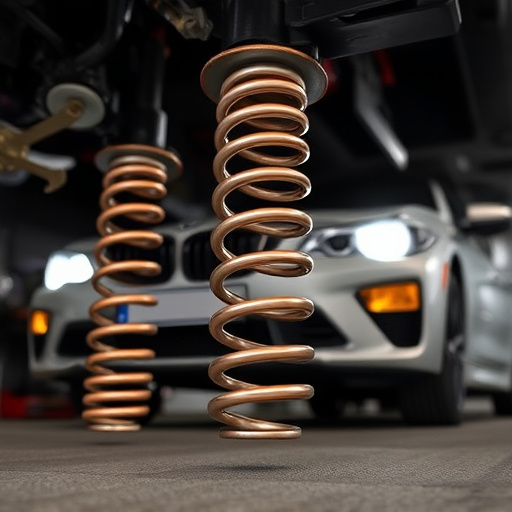
Unveiling the Washable Air Filter’s Benefits
In today’s world, clean and pure air is a necessity, especially with increasing environmental concerns. The washable air filter emerges as a game-changer in this context, offering not just improved air quality but also a unique lifetime replacement advantage. Unlike traditional air filters that require frequent replacements, washable filters can be cleaned and reused multiple times, making them an eco-friendly and cost-effective solution.
This advanced technology incorporates washable air filter kits that seamlessly integrate with existing intake components, ensuring optimal performance without the need for complex installation processes. Moreover, its effectiveness is not limited to indoor spaces; it can also enhance the overall efficiency of vehicles equipped with cat back exhaust systems, contributing to better fuel efficiency and reduced emissions.
How Washable Filters Differ from Disposables
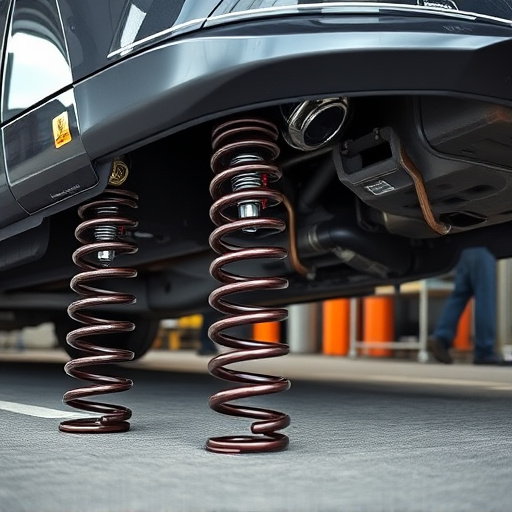
In contrast to disposable air filters that need constant replacement, washable air filters offer a unique advantage—they can be cleaned and reused indefinitely. This means less frequent purchases, reduced waste, and significant cost savings over time. Washable filters are designed with a reusable housing that traps pollutants and allergens, while the filter media itself can be washed clean, restoring its efficiency.
Unlike high-performance parts like brake components or suspension components that require regular maintenance and replacement, washable air filters enhance indoor air quality without becoming a recurring expense. They are ideal for those seeking long-term solutions for clean air, especially in environments where allergen control is paramount.
A Lifetime of Fresh Air: Replacement Options
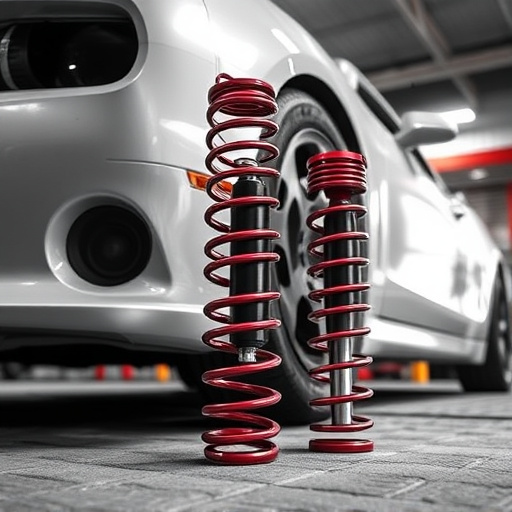
A washable air filter offers a unique advantage—the ability to replace it indefinitely, ensuring a constant supply of clean air. This is particularly beneficial for those seeking long-term solutions to improve indoor air quality. Unlike traditional filters that need frequent replacement, a washable model can be cleaned and reused countless times.
This longevity translates into significant cost savings over time. Homeowners need not worry about regularly purchasing new filters, as a simple cleaning routine is all that’s required. Moreover, it extends the lifespan of associated components, such as air intake systems, muffler tips, and even brake rotors, by reducing the amount of particulate matter they accumulate.
A washable air filter represents a significant step forward in indoor air quality, offering not just a cost-effective solution but also environmental benefits by reducing waste. Unlike disposables, these filters can be cleaned and reused indefinitely, making them a sustainable choice for homes and offices alike. With regular maintenance, you can enjoy fresh, clean air for years to come, ensuring a healthier living or working environment without the need for constant replacement.
